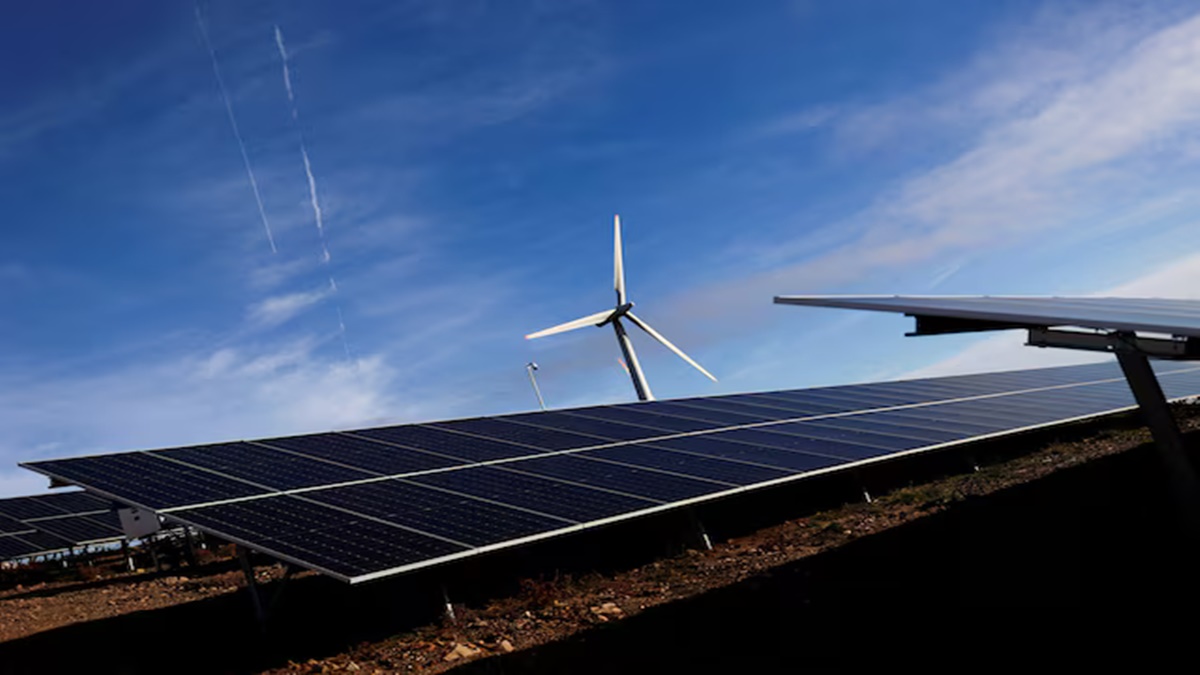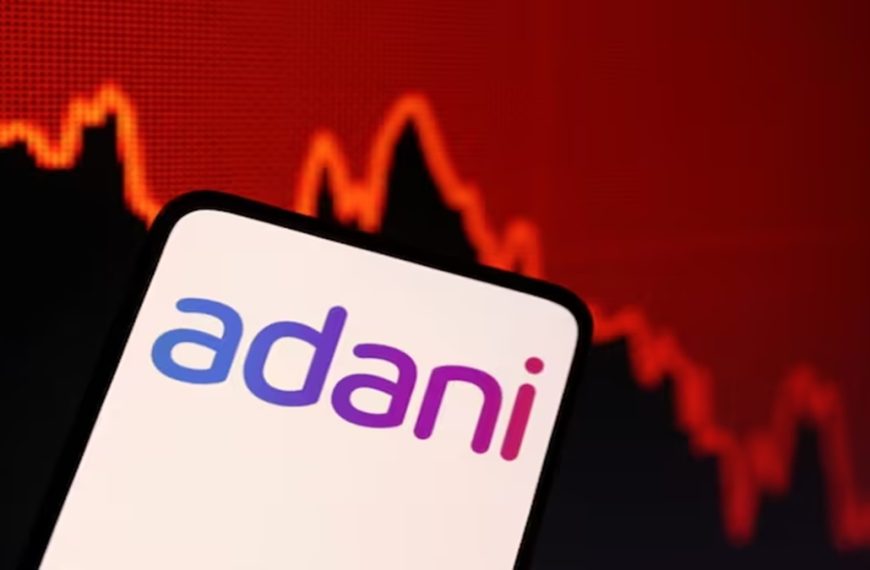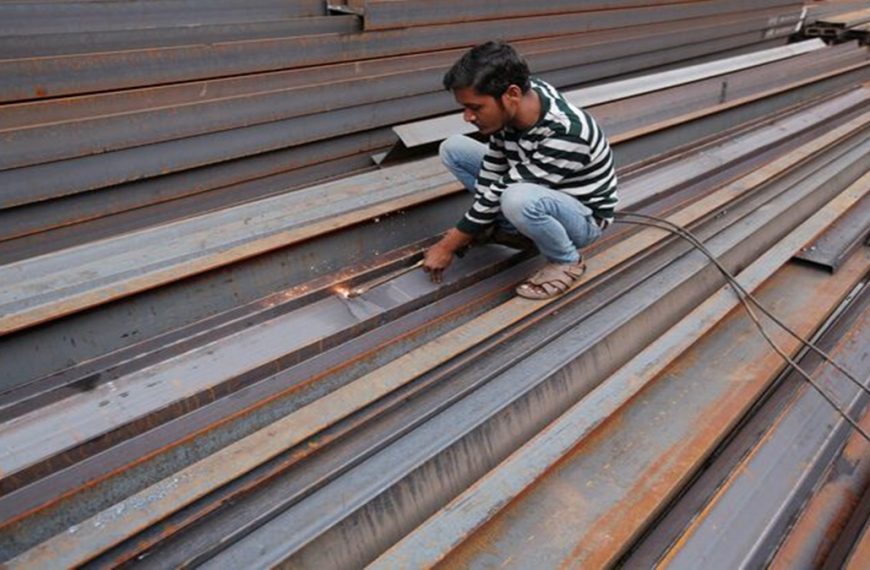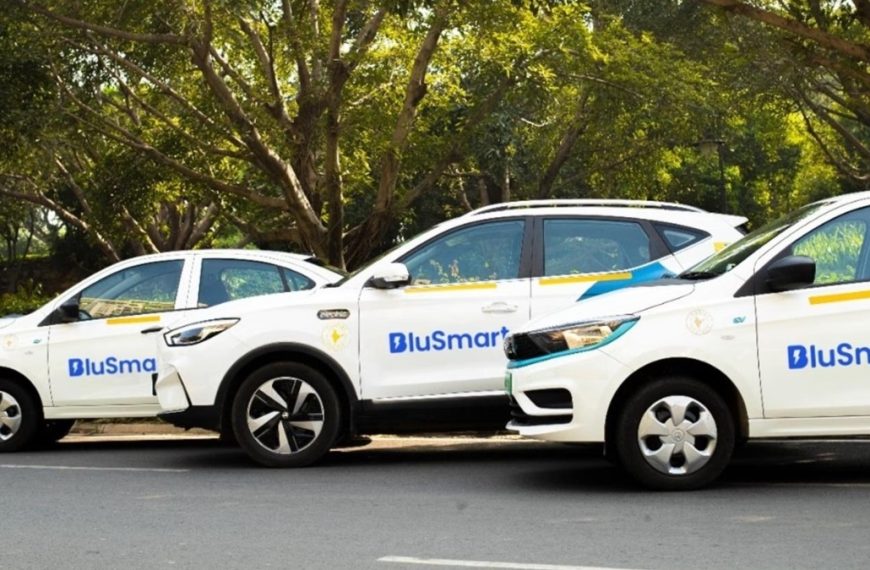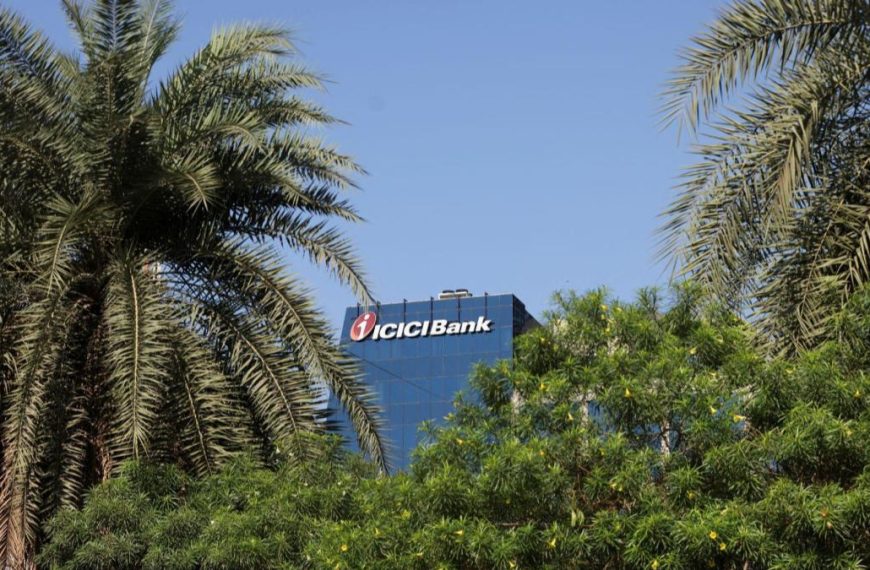The Central Electricity Authority (CEA) has issued a warning about potential power outages during the peak summer months of May and June, despite having a robust preparedness plan in place. This concern arises from the reality that even with significant advancements in renewable energy (RE) capacity and the establishment of the world’s largest synchronized power grid, the country might still face supply shortages during these critical periods.
Renewable Energy Capacity and Challenges
Though approximately 46% of India’s total power generation capacity now comes from renewable sources, this sector currently meets only about 15% of peak power demand. Projections suggest that even by 2030, RE may still struggle to cover a third of peak demand, despite potentially comprising two-thirds of total capacity.
- Recent Developments: In the 2024-25 fiscal year, the addition of 29.5 GW in renewable energy starkly contrasts with a mere 1.4 GW of thermal power generation.
- Key Issues: The slow establishment of renewable energy storage solutions and an insufficiently connected grid hamper the effective use of renewable energy. Additionally, delays in power purchase agreements (PPAs) are exacerbating the situation.
The Need for Improved Infrastructure
Industry experts emphasize the necessity for rapid execution of transmission corridors to enhance connectivity, especially in states rich in renewable resources. Kishor Nair, CEO of Avaada Energy, notes that the current transmission infrastructure has not kept pace with generation capacity, particularly at the intra-state level. He advocates for expedited grid integration and better coordination between central and state agencies to avoid stranded renewable energy.
Naveen Khandelwal, CEO of BrightNight India, points out that many distribution companies (discoms) are hesitant to finalize PPAs, often waiting for tariff reductions or facing complexities in the tender process. He explains that, while there have been bids for around 100 GW, only 35-40 GW of PPAs have been signed in the past 18 months.
Government Initiatives and Regulatory Challenges
Despite various government initiatives to address these challenges, significant hurdles persist. In October 2023, the Union Ministry of Power introduced year-wise Renewable Purchase Obligations (RPOs) under the Energy Conservation Act, aiming to provide a legal framework to enhance the commercial viability of renewable energy units.
- RPO Targets: Separate targets for solar, wind, hydro, and distributed renewable energy were established.
- Regulatory Framework: The Central Electricity Regulatory Commission has also introduced regulations for non-discriminatory access to the Inter-State Transmission (IST) System, yet a mismatch between PPA winners and GNA awardees remains a concern.
Future Prospects for Renewable Energy
The industry is optimistic about the future, with expectations for improved conditions as under-construction infrastructure comes online. Khandelwal mentions that both HVDC and HVAC transmission systems are anticipated to reach completion by FY27, facilitating a substantial power transfer from generation-rich areas to demand centers.
Challenges from the intermittent nature of renewable energy—such as timing mismatches between generation and consumption—persist. Siddarth Bhatia, CEO of Oyster Renewable Energy, foresees a future where mandatory minimum storage requirements for renewable energy plants will be implemented to stabilize supply.
Infrastructure Goals and Storage Solutions
The National Electricity Plan (Transmission), revealed last year, outlines the infrastructure necessary to support 500 GW of renewable energy capacity by 2030. This ambitious plan includes:
- Expansion of 190,000 circuit kilometers of transmission lines
- Integration of 10 GW of offshore wind farms
- Development of 47 GW of battery energy storage systems
Experts believe that integrating Battery Energy Storage Systems (BESS) at every renewable project, under a fixed feed-in tariff, is essential for addressing intermittency and enhancing commercial viability.
Conclusion
India’s energy sector transformation relies on three main strategies: rapid deployment of storage solutions, modernization of grid infrastructure, and a push for nuclear energy as a clean base load complement to renewables. The government aims to achieve 500 GW of renewable energy capacity by 2030, necessitating an annual addition of at least 50 GW. As the industry navigates these challenges, the path forward is clearer, emphasizing the importance of strategic interventions and coordinated efforts to stabilize and enhance India’s renewable energy landscape.

